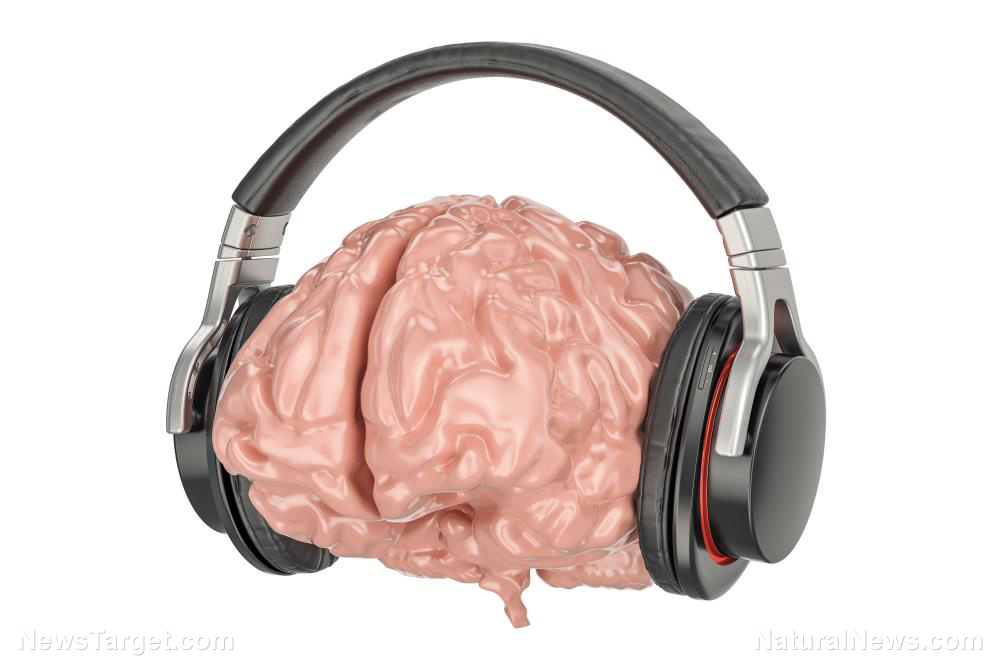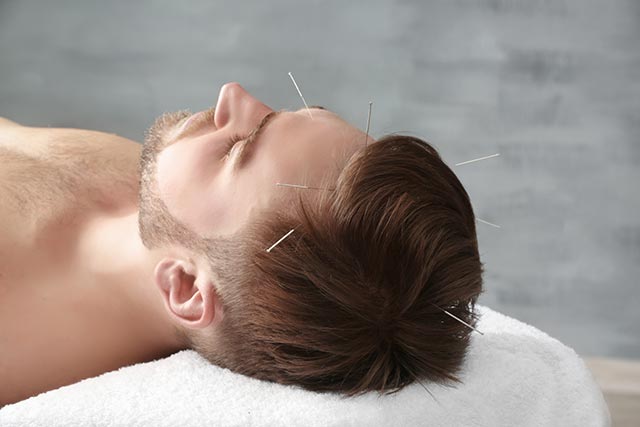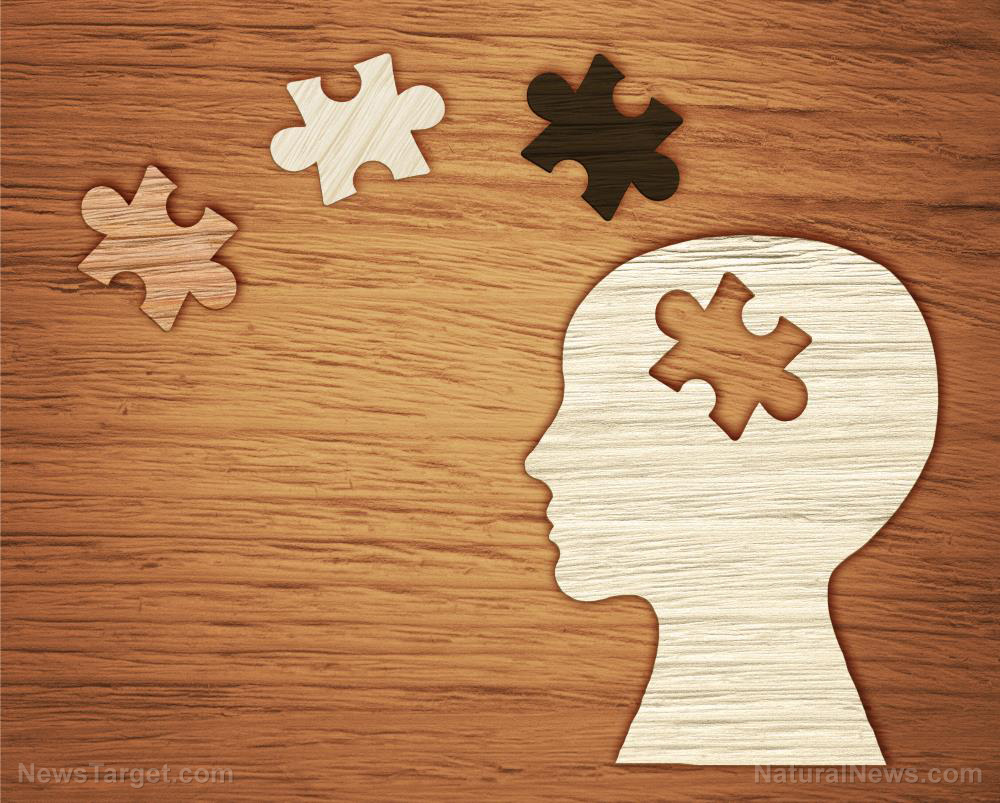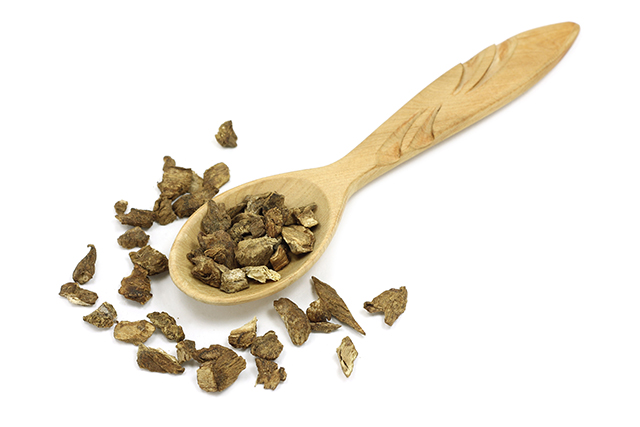Listening to lively music does wonders for your brain
01/07/2019 / By Edsel Cook

There is a scientific reason as to why standing up and clapping along in singalongs makes you feel good. A new Japanese study reported that actively participating in music therapy sessions could improve its considerable effects on the activity levels of the brain.
Music is good for the body as well as the mind and soul. Research has shown that listening to certain types of music can affect the brain activity of people. The effects on the brain will eventually filter down to the rest of the body.
Playing the right music can improve the mood of patients and lift the spirits of depressed people. They can even help relieve pain for patients with serious diseases like cancer.
Some traditional and alternative forms of medicine believe that music can restore the normal functions of an ailing body. This led to the development of music therapy.
Music therapy treats the cognitive, emotional, physical, and social issues of its patients through carefully-selected and designed interventions. Among its many proven uses are relieving stress, bringing peace of mind, and improving the mindset of people.
Studies have covered its use in relieving anxiety and depression. It has also been used to improve the memory of elderly patients with Alzheimer’s disease and dementia. (Related: The healing potential of music therapy in pain relief in cancer patients.)
The effects of active and passive music therapy on the brain
Japanese researchers from Tokai University (Tokai) recently conducted a study on the effect of music therapy on brain activity. They targeted the frontal lobe, the biggest of the four lobes that comprise the human brain.
The frontal lobe controls human personality and communication skills. It is responsible for expressing our emotions, solving problems, creating and remembering memories, translating languages, and making decisions.
The study group was made up of 22 female volunteers. The average age was 21 years. None of the participants showed any signs of ailments.
In the experiment, the participants listened to either calm music or exciting music. Furthermore, they were asked to either passively pay attention to the music or to partake in it actively. Active participants would clap their hands according to the rhythm of the music.
While the participants actively or passively listened to the music, the research team scanned the frontal lobe. They measured the levels of oxygen-hemoglobin (oxy-Hb), cortisol, alpha-amylase, and immunoglobulin A in the brain.
The results of this study were published in the journal J-Stage.
If your brain is active and you know it, clap your hands
The Tokai researchers found that listening to calm music caused significant drops in the levels of oxy-Hb in various parts of the frontal lobe. When the music took on an exciting tempo, the concentration levels of these oxygen-laden proteins increased.
The energy level of the music similarly affected the amounts of cortisol, alpha-amylase, and immunoglobulin A. These chemicals play important roles in stress and tension. Calm music was shown to decrease them, thereby making it easier to relax.
When the researchers followed up on their earlier analysis, they found that participants who clapped their hands alongside the music displayed higher levels of oxygen-hemoglobin than those who passively listened to the song. This applied to both calm and exciting music.
The researchers surmised that active music therapy increased brain activity by a larger margin. They believe that increasing the participant’s activity during music therapy sessions could improve the benefits of the treatment. Active participation could help elderly individuals keep their minds even sharper or further raise the spirits of depressed patients.
To find out more about music therapy and its benefits for brain activity, visit AlternativeMedicine.news.
Sources include:
Tagged Under: active music therapy, Brain, brain activity, Cures, music, music therapy, natural cures, natural remedies, prevention
RECENT NEWS & ARTICLES
COPYRIGHT © 2017 BRAIN NEWS


















